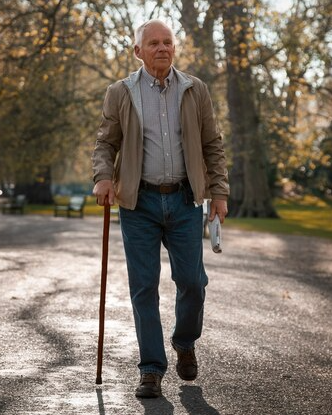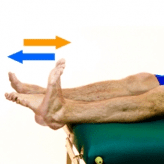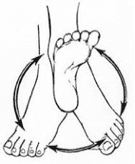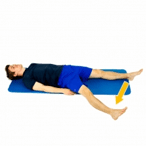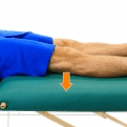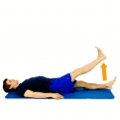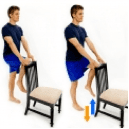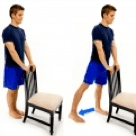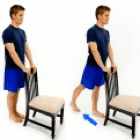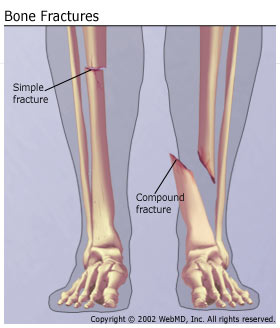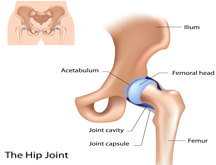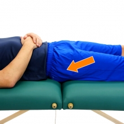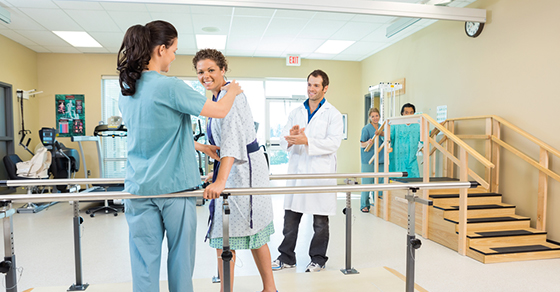Anterior vs. Traditional Technique in Hip Replacement Surgery
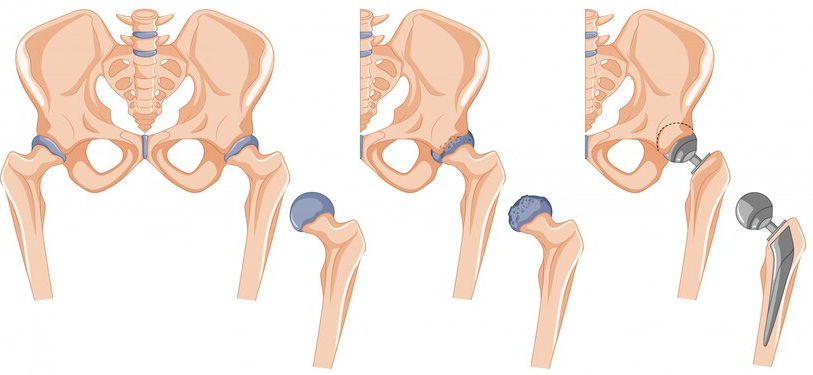
Hip replacement surgery is a common procedure to relieve pain and improve function for patients with hip arthritis or other degenerative conditions. Fortunately, there has been significant advancements in this field in recent years. For hip replacement surgery techniques, there are two primary techniques used. First, there is the anterior approach. Alternatively, there is the traditional/lateral approach. Overall, each method has its own set of benefits and challenges, influencing recovery time, pain levels, and long-term outcomes. In this blog, we will explore both techniques to help patients understand their options and their upcoming surgery.
The Anterior Approach
The anterior approach for hip replacements, also known as the “frontal approach,” is a relatively newer method in which the surgeon accesses the hip joint through an incision made at the front of the hip. Notably, this technique does not require cutting through muscles or tendons that attach to the hip joint, which can lead to a faster recovery and potentially less pain post-surgery. Additionally, the anterior approach allows for the use of minimally invasive techniques, which means smaller incisions and less soft tissue disruption. This article from Yale Medicine offers more information about the anterior approach.
Advantages:
- Faster recovery: Because fewer muscles and tissues are disturbed during surgery, patients often experience less postoperative pain and a quicker return to normal activities like walking
- Lower risk of dislocation: The anterior approach reduces the risk of hip dislocation since the joint is not manipulated as much during surgery
- No muscle cutting: The procedure involves no cutting of major muscles or tendons, leading to a less traumatic recovery and less muscle loss.
Disadvantages:
- Limited surgeon experience: The anterior approach requires specialized training and experience. Surgeons need to be adept in using this technique, which is still relatively new compared to the traditional approach
- Difficult for certain patients: The anterior approach may not be ideal for patients with certain body types, such as those that are obese or have very muscular builds. The position of the hip joint may be more challenging to access in this population
- Numbness at the thigh: In this approach the nerve that gives us sensation at the front of our thigh gets stretched, and some numbness may be present. Usually, this resolves in a couple months
The Traditional (Posterior/Lateral) Approach
The traditional technique involves making an incision either at the back (posterior) or the side (lateral) of
the hip. In these approaches, the surgeon must cut through muscles and tendons that attach to the
hip joint. While this technique has been used for decades, it is associated with a longer recovery time
and a higher risk of complications such as dislocation in the early months after surgery.
Advantages:
- Widespread use: The posterior and lateral approaches are well established and widely used,
meaning most surgeons are highly skilled in these techniques - Better for complex cases: This technique may be better suited for patients with more complex
hip deformities or for those who have had previous hip surgeries - Lower risk of nerve injury: The traditional method has a lower risk of damaging nerves, as the
surgical site is farther from nerve pathways
Disadvantages:
- Longer recovery: The muscles and tendons that are cut during the surgery take time to heal. Accordingly, this may delay recovery, increases the risk of pain, and requires more rehabilitation.
- More post-op restrictions: While the posterior approach offers excellent access to the hip joint, it is associated with a higher risk of hip dislocation early on. To minimize risk, your surgeon may give you a list of restricted movements known as hip precautions for 6-8 weeks
Which hip replacement surgery technique is right for you?
Choosing between the anterior and traditional techniques for the hip replacement depends on a variety of factors. For example, your surgeon’s analysis of the situation, your body type, and any underlying health conditions. You and your surgeon will have a consultation to discuss the best option for you. The anterior approach may be chosen for patients who are in relatively good health and can handle a faster recovery. However, for those with more complex cases or other health concerns, the traditional posterior approach remains a reliable choice.
In conclusion, both the anterior and traditional techniques for hip replacement surgery offer distinct advantages and limitations. First, patients should have a detailed discussion with their surgeon to determine the most appropriate surgical approach for their situation. With advances in surgical techniques, hip replacement remains a highly effective treatment. Ultimately, it can improve your quality of life and restore your mobility. Importantly, the success of both types of surgery are dependent on receiving the proper physiotherapy treatment post-operatively. PhysioNow is a leading provider of post-operative care for Total Hip and Knee Replacement Surgeries. Pre-book with PhysioNow today for your first session after your operation!
